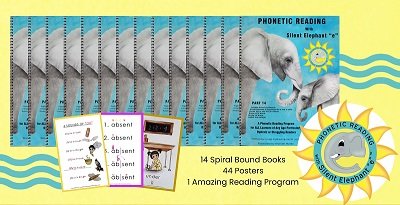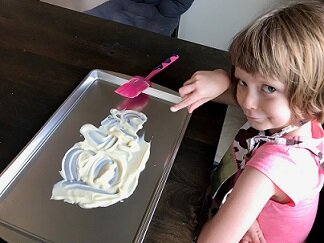Dear Friends,
Yes, our creative and talented dyslexics do learn differently so we as their teachers have to teach them differently. We have to teach them to read, write and spell the way THEY learn.
It turns out that teaching them to read, write and spell the way they learn is EASY and FUN for US as well as for THEM. 😊
It ALSO TURNS out that the fun and easy way we have to teach our dyslexics to read, write and spell is the BEST WAY FOR ALL OUR CHILDREN TO LEARN to read, write and spell.
Our dyslexics have to be completely involved using all their senses and their body as they learn the vague concepts of phonemic awareness and phonics.
Learning through their senses and their bodies as they learn to read, write and spell at the same time creates new neuro pathways in their brains that are not created otherwise. These new neuro pathways make learning to read, write and spell easier and easier for them.
AND, when we teach our non-dyslexic children to read, write and spell using all their senses and their bodies, WOW do they ever learn FAST!!
Plus, ALL OF THEM have a great time learning to read, write and spell.
This Spring, through June ’25, Parts 1-14, the Educational Posters and My Awesome Grandma are 25% off.
Phonetic Reading with Silent Elephant “e”® is your complete reading, writing and spelling curriculum preschool through high school. It’s the only curriculum you will need for ALL you kids, dyslexic or not.
Silent Elephant “e”® is THE curriculum that teaches reading, writing and spelling together preschool through high school which is the way ALL OUR CHILDREN learn them best.
I am leaving this sale on through June, so you don’t feel rushed. Silent Elephant “e”® is your curriculum for your kids through high school.
Go to silentelephante.com/store and contact me at silentelephante@gmail.com or 208-859-4406.
Last thought, all your kids deserve to have fun learning to read, write and spell and YOU also deserve to have fun teaching them. Teaching with Silent Elephant “e”® IS fun. I have fun everyday as I tutor my students. 😊
Keep a song in your heart!
Linda































